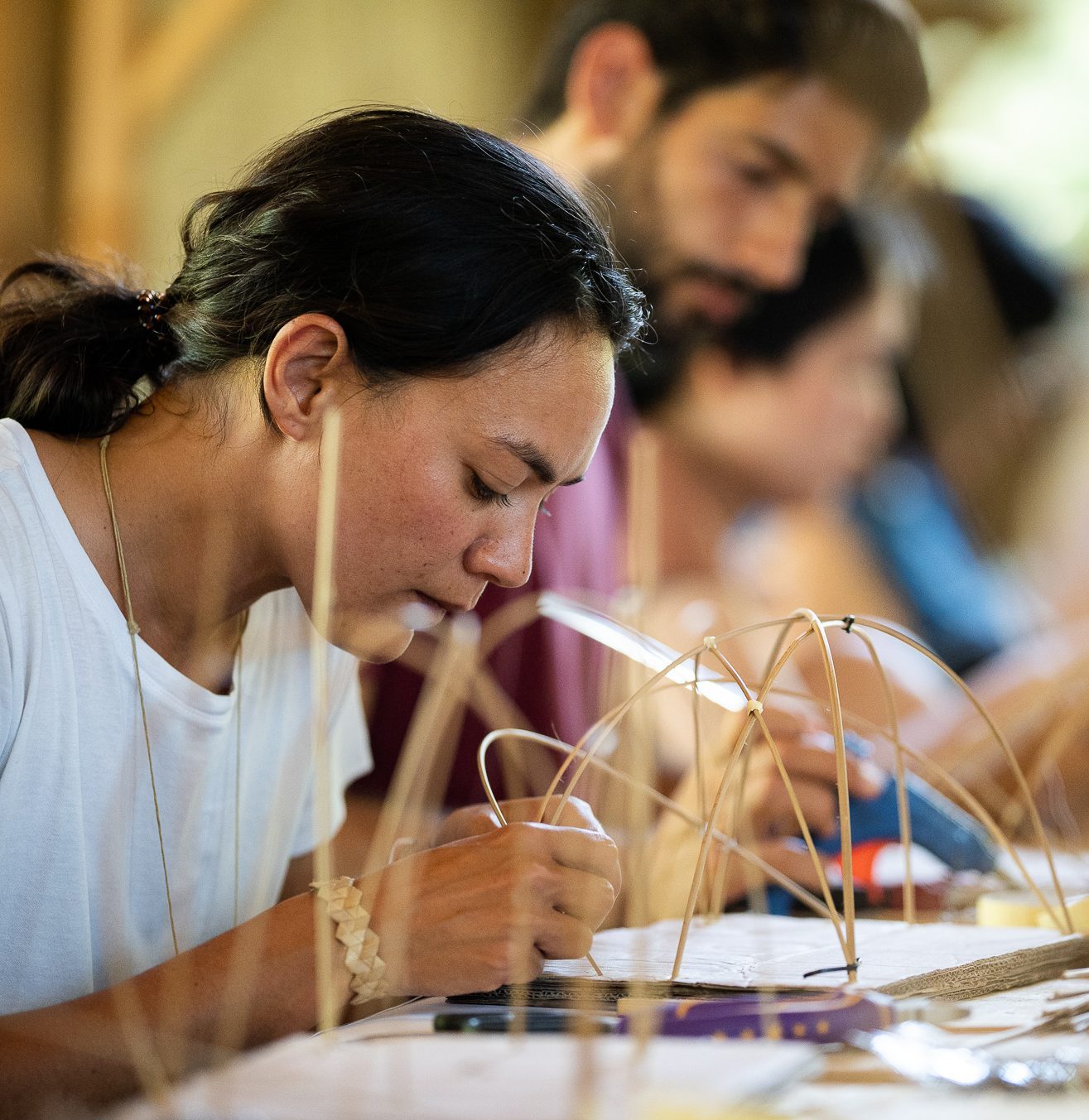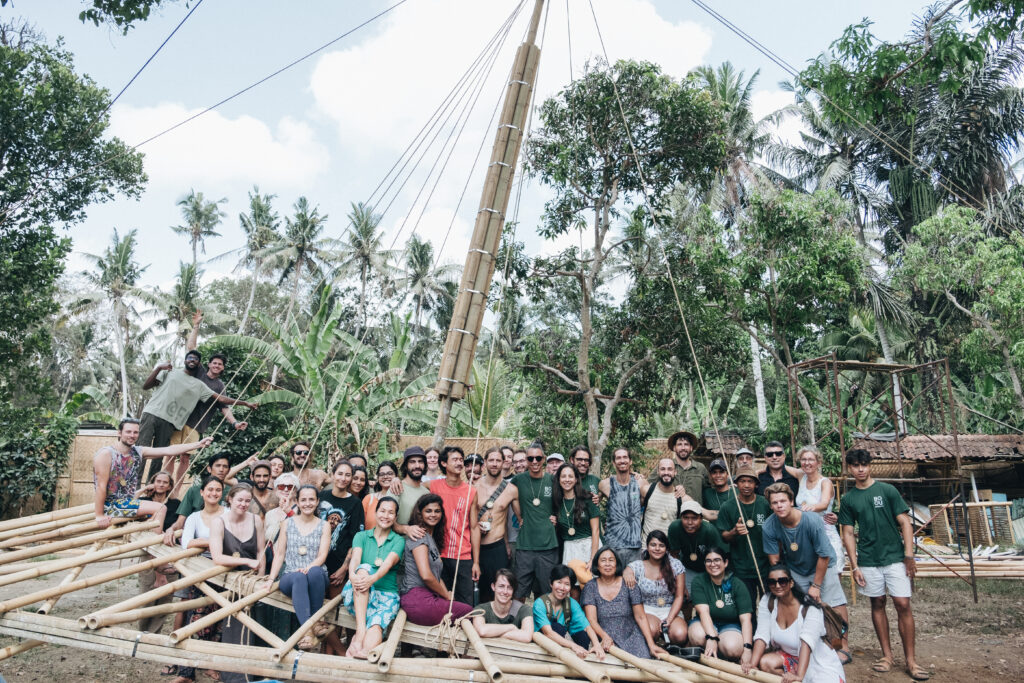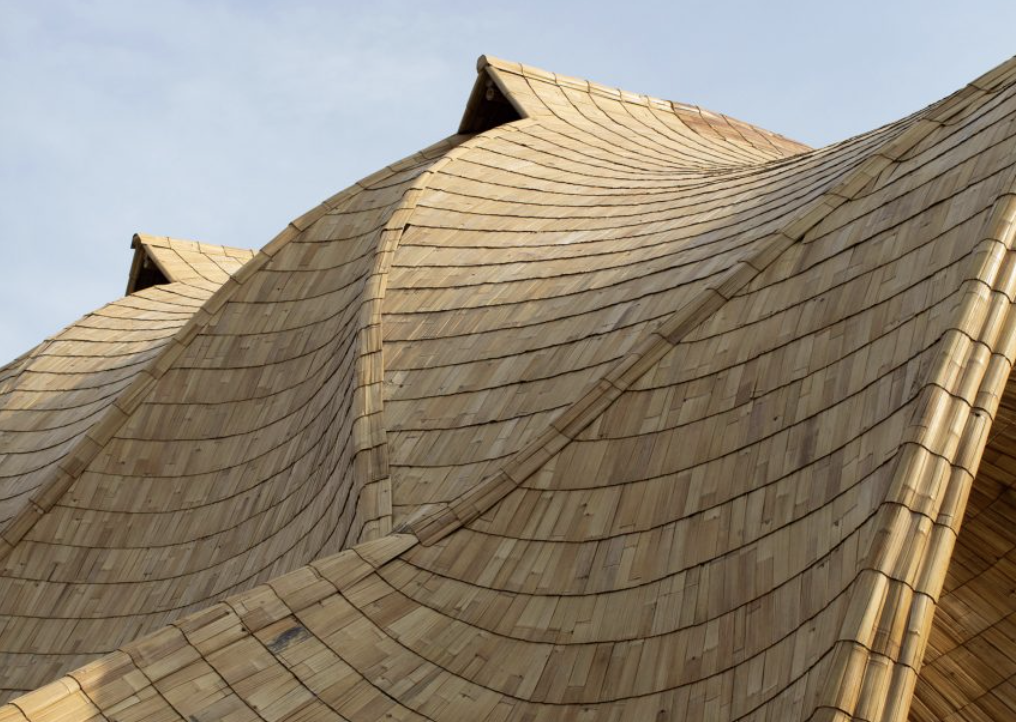A Guide to Starting Your Own Bamboo Building Project
By Daniel Heilbron | June 20, 2023 | Design - Construction -
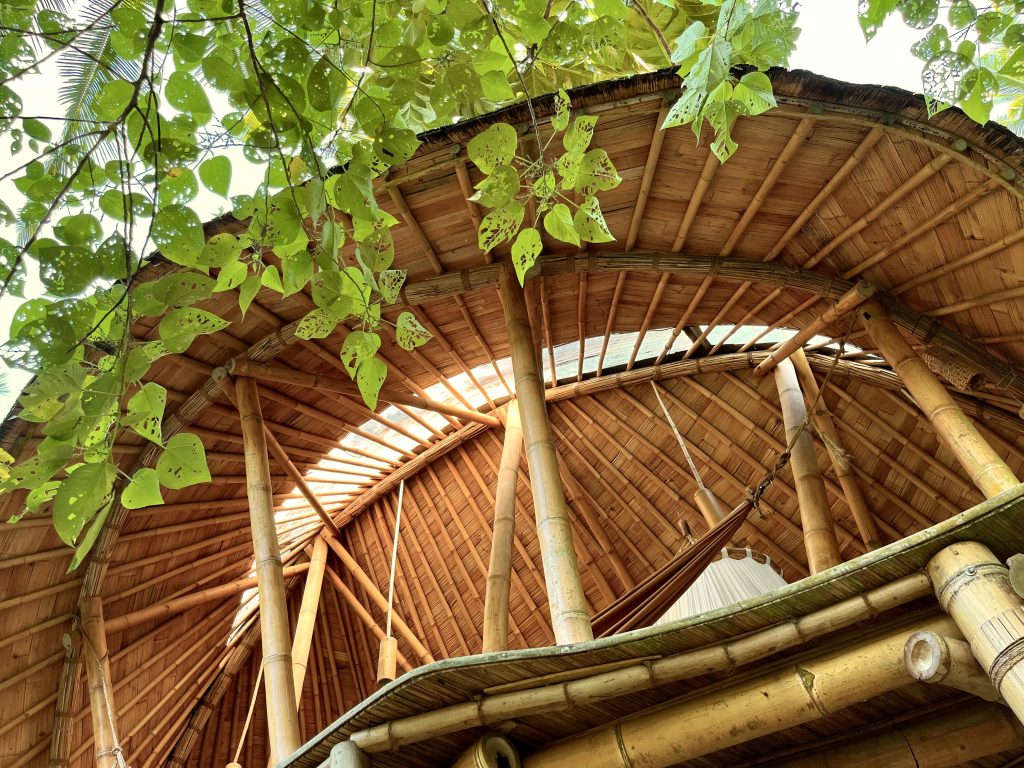
Building with bamboo doesn't need to be complicated, learn about the key elements you can implement to make your bamboo project a reality.
As the world increasingly recognizes the importance of adopting sustainable construction practices, bamboo’s versatility, strength, and renewable qualities are generating significant momentum in the transition towards a circular material economy. From idea to completion, this article will provide you with valuable insights to begin your bamboo building project. Including:
- Defining Your Project Goals
- Research and Inspiration
- Embrace Bamboo’s Regenerative Potential
- Source the Right Bamboo
- Site Analysis and Integration
- Design Development
- Collaborate with Bamboo Experts
- Construction Planning and Execution
- Maintenance and Preservation
Define Your Project Goals
To begin any successful building project, clearly defining your project goals and objectives is crucial. Determine the purpose of your bamboo building, whether it's a home, a community hub, or a commercial structure. Think about who will be using the space, how their needs can be met, and how the project can reflect who they are and what they value. Consider factors such as functionality, aesthetics, and the desired impact on the surrounding environment and community. Having this clarity will help guide you throughout the design and development process.
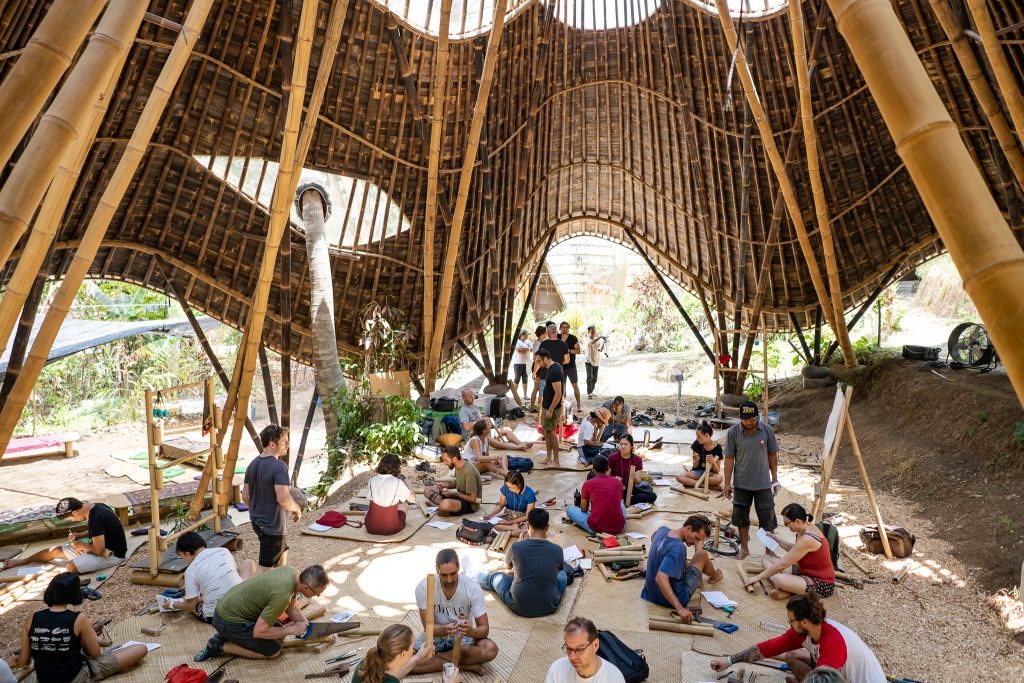
Research and Inspiration
Take the time to explore successful bamboo projects from around the world, study sustainable design principles, and identify innovative construction techniques to gather inspiration and ideas. Engaging with bamboo design communities, attending workshops, and learning from bamboo construction experts are all great opportunities to start curating your bamboo team and project. Collaborating with others and drawing from shared wisdom, will help you conceptualize and refine your own unique bamboo design.
Embrace Bamboo’s Regenerative Potential
Bamboo’s remarkable growth rate and ability to be responsibly harvested without causing damage to the plant itself or the environment, position it as a regenerative material. Ultimately, a material future generations can count on. Unlike sourcing traditional construction materials, selectively harvesting mature bamboo poles encourages new growth and allows bamboo forests to continue absorbing carbon dioxide from the atmosphere, fundamentally ensuring the material’s optimal strength and durability in future harvests.
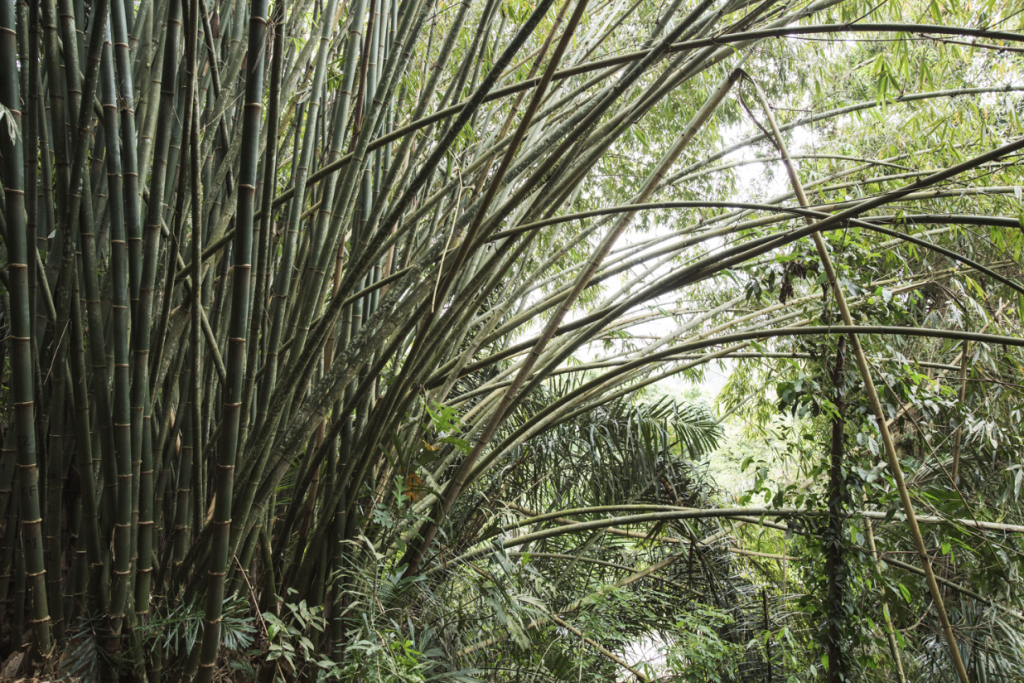
Source the Right Bamboo
Not all bamboo species are equal, so take the time to identify the right ones for your project. Consider factors such as structural capacity, durability, and availability within your area. Consult with local experts to gain valuable insights into the best species for your specific needs and regional climate. Seek reliable bamboo suppliers that can perform quality checks on the material ensuring strength, adequate moisture content, and freedom from pests or defects. When it comes to longevity, treating bamboo with borax, a natural mineral salt, is essential. Whether you choose pre-treated bamboo or opt for treating it yourself, follow proper immunization practices to ensure the structural resiliency of your building.

Site Analysis and Integration
Conduct a thorough analysis of the project site to understand its unique characteristics and how your bamboo structure can harmonize with the surroundings. Consider factors such as topography, solar orientation, wind patterns, climate, existing vegetation, views, and accessibility. Identify opportunities to integrate sustainable design principles, such as renewable energy, passive cooling, natural light, and rainwater harvesting. Let the site inspire your design decisions to ensure seamless integration of your bamboo structure within the natural and cultural context.

Design Development
From traditional post-and-beam construction to innovative approaches like gridshells, assess which structural systems best suit your project objectives. Translate your conceptual ideas into detailed design plans. Consider the functional requirements of each space within the building and explore unique ways to incorporate bamboo as a structural and aesthetic element. Pay attention to details such as joinery techniques, anchoring, and the integration of other building materials where necessary. Strive for a balance between creativity and technical precision to ensure a well-executed design.
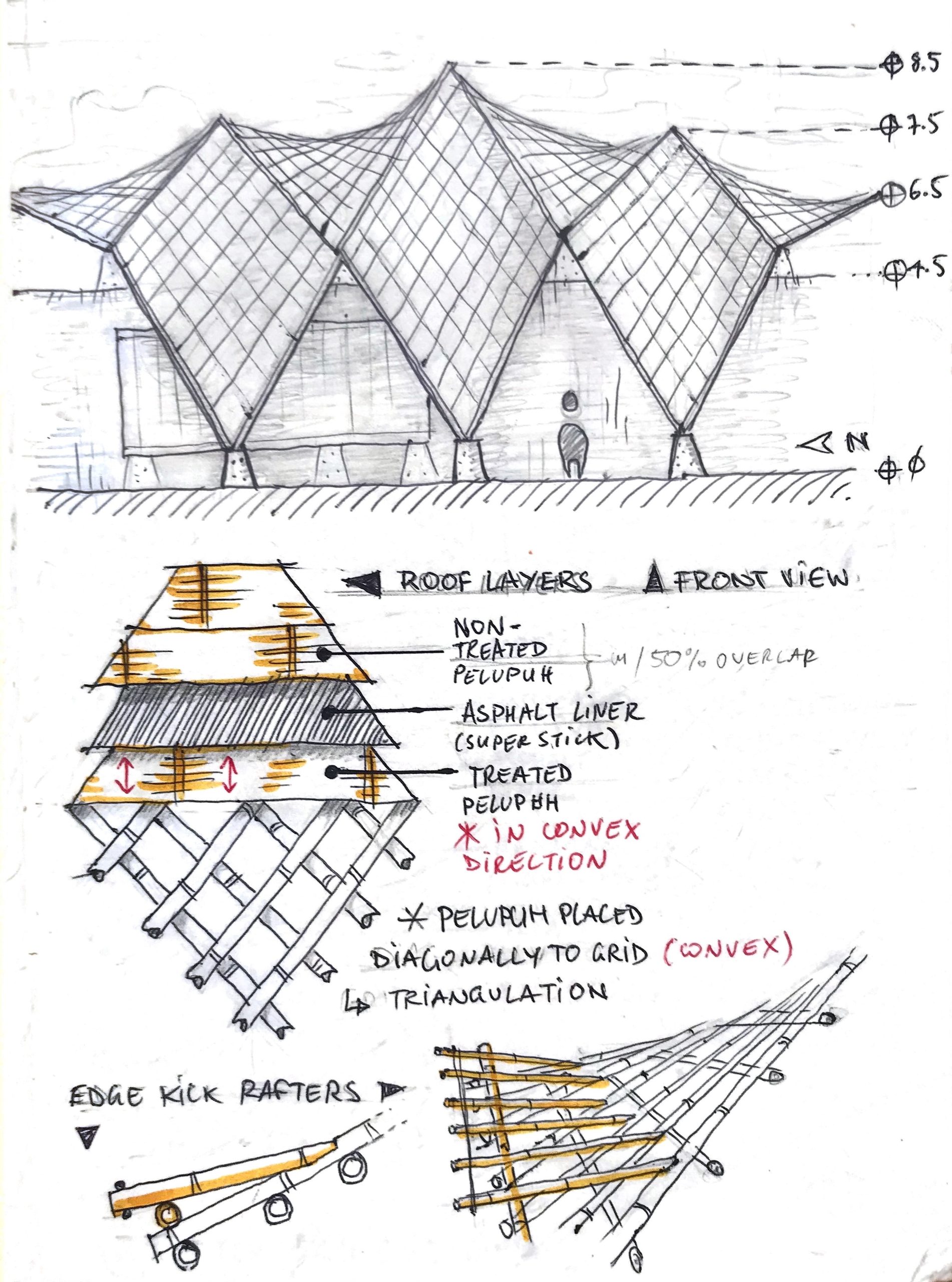
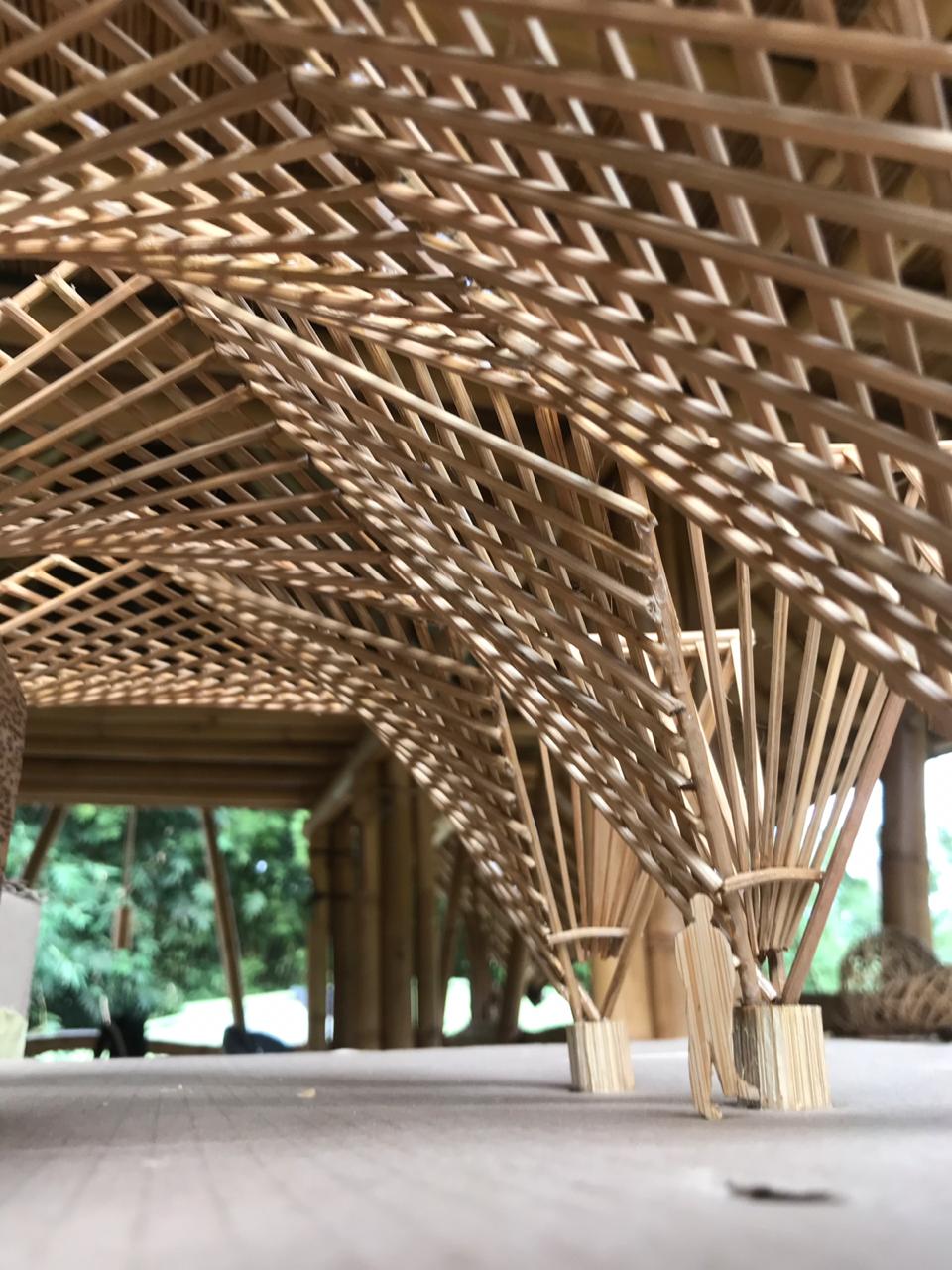
Collaborate with Bamboo Experts
Engage with architects, engineers, and craftsmen experienced in bamboo construction. Their expertise will assure that your design meets safety standards, accounts for structural integrity, aligns with local building codes, and explores the full potential of bamboo as a construction material. Let their insights enrich your project from the start to help you avoid unexpected challenges in the development process.
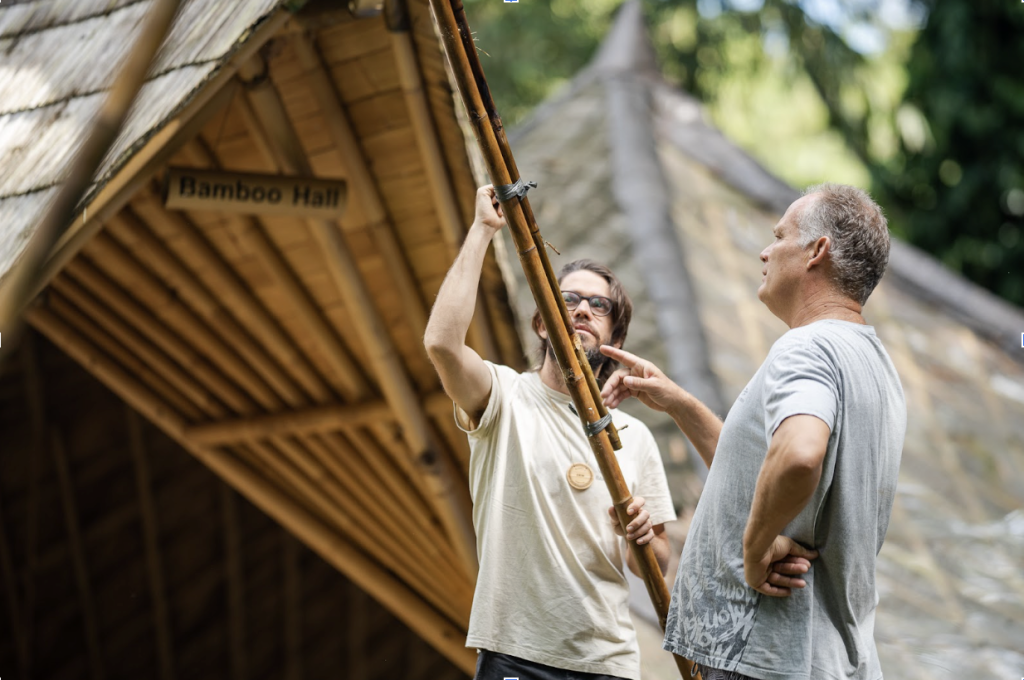
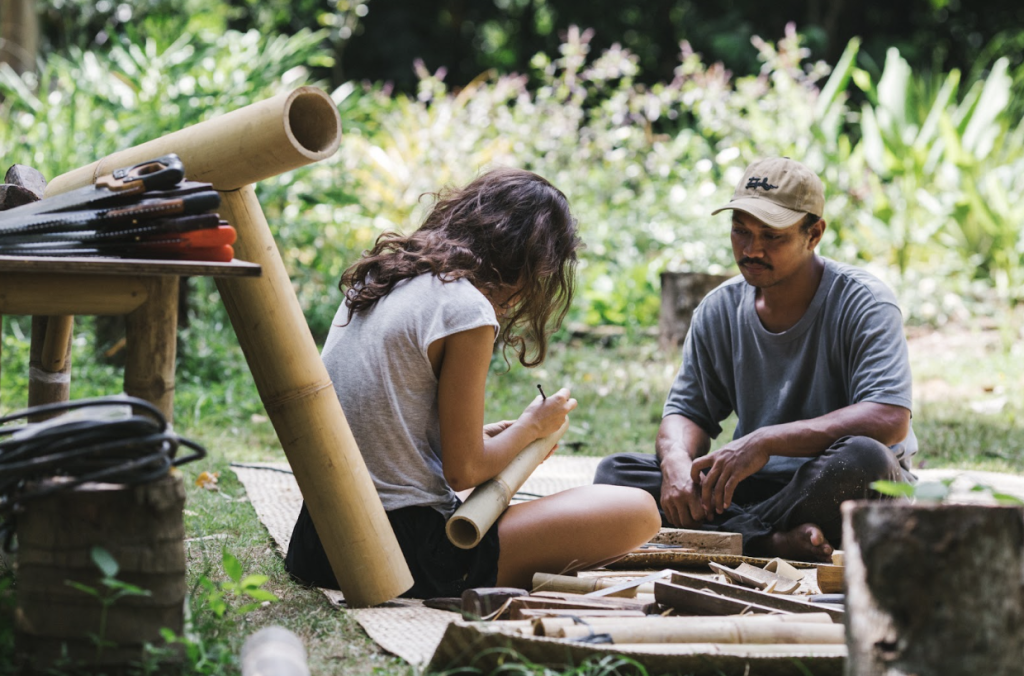
Construction Planning and Execution
Develop a comprehensive construction plan, considering the logistics, timeline, and labor requirements for your bamboo building project. Regular site visits, open communication, and hands-on involvement will help ensure that your design vision is realized accurately and efficiently. Ultimately, embrace the opportunity to learn from the construction process, make necessary adjustments, and celebrate the craftsmanship of working with bamboo.

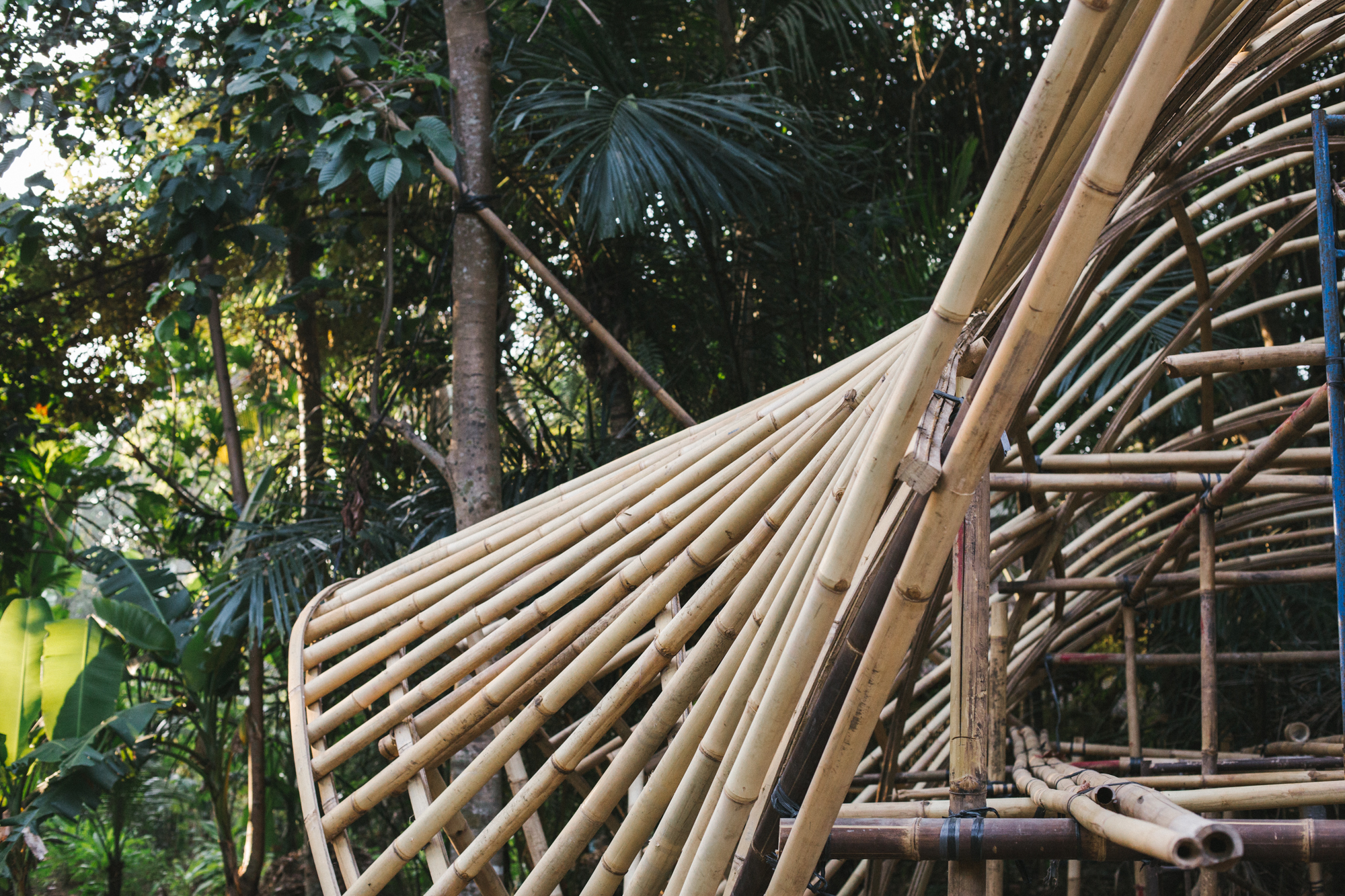
Maintenance and Preservation
Upon completion of your bamboo structure, establish a maintenance plan to preserve its functionality and beauty. Regularly inspect the structure, address any signs of wear or damage promptly, and establish a thorough maintenance routine. Apply protective finishes to enhance the bamboo's longevity and shield it from weathering and pests. Proper maintenance will guarantee your bamboo building stands the test of time.
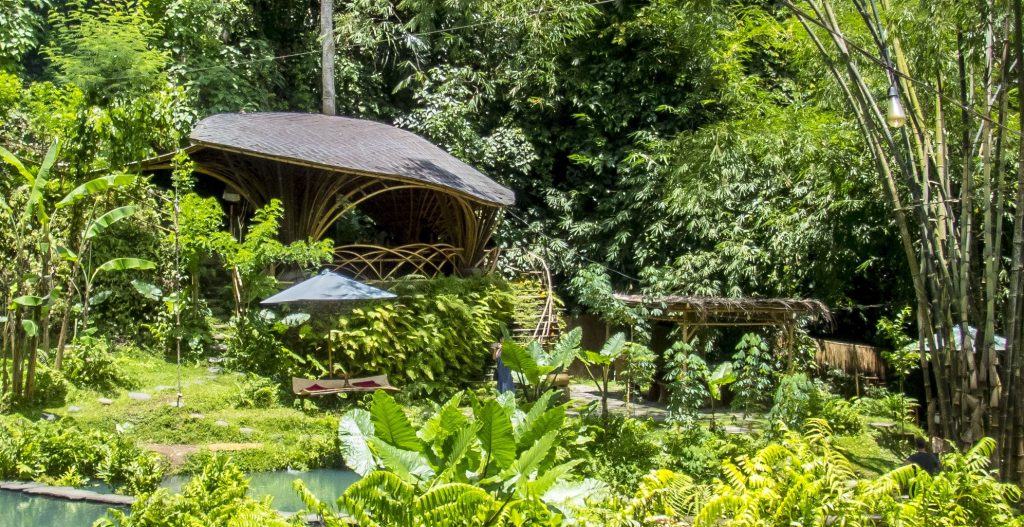
Designing and developing a bamboo building project is an exciting process that requires creativity, technical expertise, and collaboration. By defining your project vision, conducting thorough research, collaborating with bamboo experts, and focusing on design development and quality control, you can create a captivating bamboo structure that showcases the true potential of this regenerative material. Embrace the journey, push the boundaries of design, and enjoy the rewards of building sustainably with bamboo!
Want to begin your journey with bamboo? Join a course with us!
(Images: Courtesy of Bamboo U and Daniel Heilbron)

Daniel is a sustainable architectural designer from Costa Rica with an ambition for social and environmental regeneration. His passion for bioconstruction and nature-based solutions has given him the opportunity to design and build with bamboo in Central and South America.
June 7-18, 2024
The 11 Day Bamboo Build & Design Course in Bali
In 11 days, we'll show you how to build bamboo structures we’ll share all that it takes to build with nature.
April 26, 2024
The Fundamentals of Building with Bamboo Online Course
All the fundamentals you need to get you started working with bamboo. Deep dive into cinematic videos and step-by-step guides that will provide you with a strong understanding of bamboo as a design and building material.











